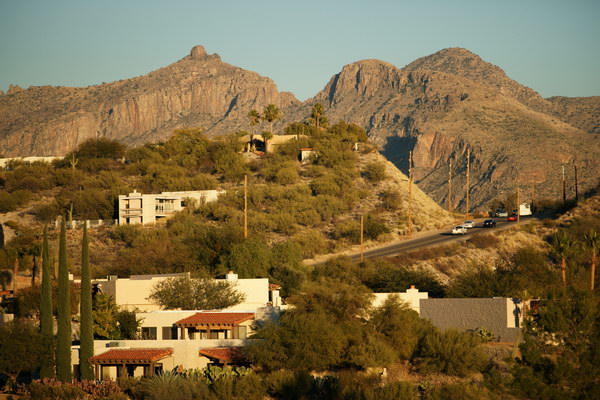Here’s a brief look at the Sony 70-200mm F/2.8 G telephoto lens. Scroll down for the main review.
|
Lens
|
|
|
Box contents
|
Front and rear caps, hood, carrying case and users manual.
|
|
Cost
|
|
|
Build quality
|
Excellent |
|
Additional information
|
One of only five Sony lenses compatible with Sony TCs.
|
Specifications below
|
|
|
Optical configuration
|
19 elements in 16 groups
|
|
Angle of view
|
34°-12° full frame, 23°-8° APS-C.
|
|
Aperture
|
9 blades, circular
|
|
Full frame and APS-C
|
Yes, made for full frame. APS-C equivalent, 105-300mm
|
|
Depth of field and focus scales?
|
Focus distance window
|
|
Minimum focus, image plane to subject
|
48″ (1.2m)
|
|
Minimum focus, end of lens barrel to subject
|
36″ (910mm)
|
|
Hard stop at infinity focus?
|
No
|
|
Length changes when focusing?
|
No
|
|
Focus ring turns in AF?
|
No
|
|
Filter size
|
77mm
|
|
Filter ring rotates?
|
No
|
|
Distance encoder?
|
Yes
|
|
Max magnification
|
0.21x
|
|
Min. F/stop
|
F/32
|
|
Sony teleconverter compatible?
|
Yes
|
|
Length changes when zooming?
|
No
|
|
Dimensions WxL (my measurements)
|
3.4″ x 7.8″ 87mm x 198mm
|
|
Maximum extended length (my measurements)
|
7.8″ (198mm)
|
|
Weight bare (my scale)
|
48oz (1350g), 49oz (1385g) with caps, tripod collar 5oz (142g), hood 2.5oz (70g) everything, 3lbs 8oz (1598g)
|
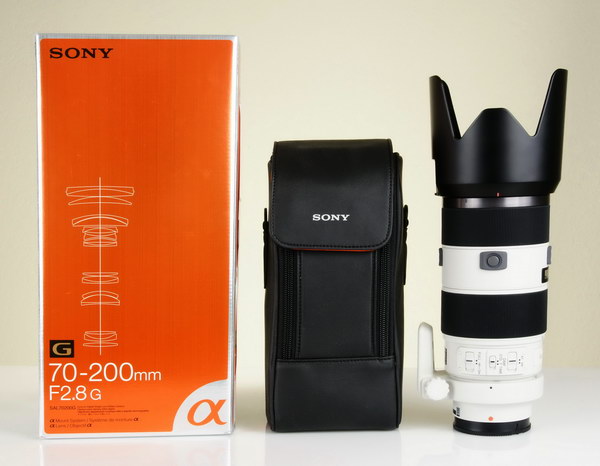 |
| Box and contents. |
 |
| Birds eye view. |
 |
| Frontal offset. |
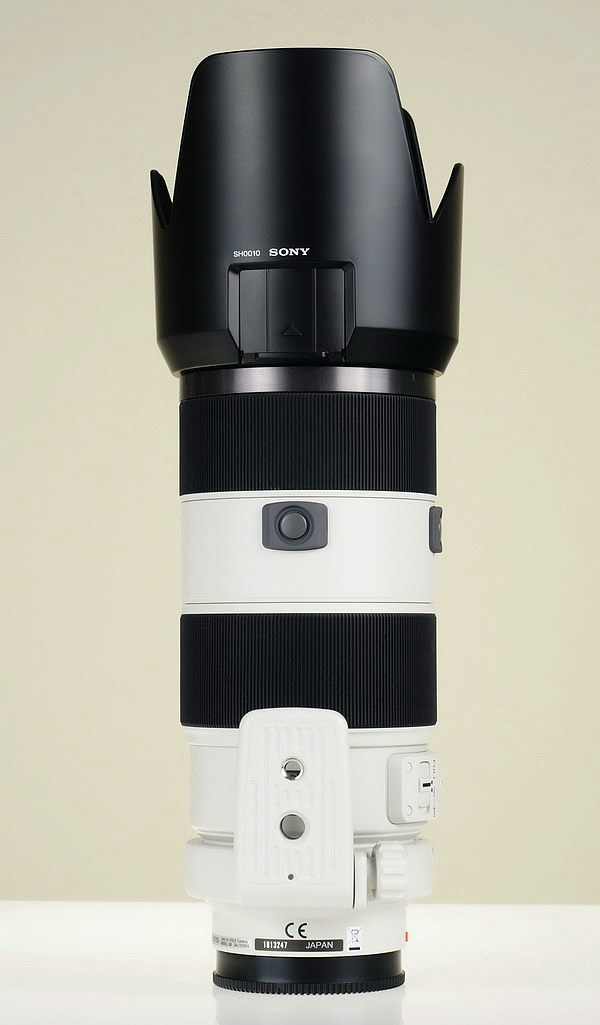 |
| Underneath |
 |
| Rear mount. |
 |
| Switches. |
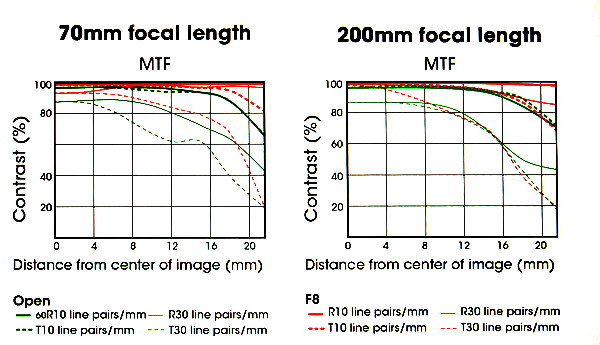 |
| MTF data, Sony screen grab. |
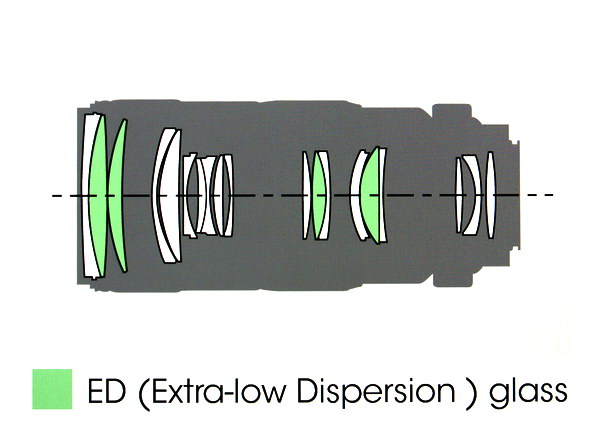 |
| X-ray view, Sony screen grab. |
The Sony 70-200mm F/2.8
G is a very expensive, well built lens designed for the discriminating advanced amateur and professional photographer.
The lens is off-white in color with black rubber non-slip grip areas on the focus and zoom rings. The lens has a few features that some other Sony lenses don’t have, like three focus hold buttons, which can be changed to DOF in the camera menu on select bodies. SSM, or Super Sonic Wave motor that’s built into the lens, which is very accurate, smooth and quiet. Also, there are three switches on the left side. On top is A/F M/F, in the middle is a very handy direct manual focus switch offering standard or full time instant auto-focus over-ride. On the bottom is a focus limiter switch, full, or 3 meters to infinity. You also have the standard focus distance window, and the focal length numbers coming at 70mm, 100mm, 135mm and 200mm. The EXIF data matches the marks. Filter size is a handy 77mm, the same as most wide angle lenses. Sony says they use 4 ED glass elements in the construction of the lens.
Focusing is very accurate and smooth. Manual focusing is simply adjusting the focus while in auto-focus mode, it’s instant, and overrides the AF, so no switches have to be thrown. It takes over 1/2 turn from close-in to infinity focus, almost too much.
In the box you get a carrying case that attaches to your belt loop—You’ve got to be kidding! But on the other hand, some people would love to steal this from you. Keep that in mind when changing lenses amongst a group of people or throwing it in a car in full view.
My initial thoughts are: the focus ring is a bit tight for one finger turning, but it may loosen up a little after more use. Also, it’s a 180° turn from close-in to infinity, but it does offer excellent control of focus as a result. Zooming takes about the same effort as focusing manually. I’d like it a bit more loose, again, that may come with more use.
Bokeh. The Sony 70-200mm F/2.8 has excellent bokeh, and doesn’t seem to vary from different focal lengths. Very pleasing even stopped down. See samples below.
Distortion.
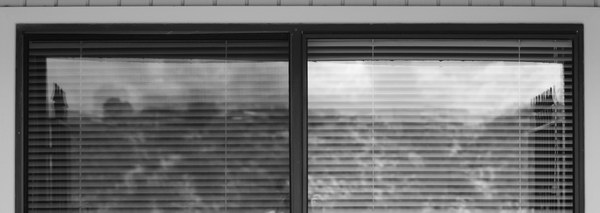 |
| 70mm, slight barrel distortion, but not an issue. |
 |
| 200mm, a tiny amount of pincushion, again, not an issue. |
Distortion is almost non existent at 70mm, and 200mm. If you like looking at your pictures with a grid overlay, there’s some very mild barrel and pincushion distortion. Barrel distortion ends around 100mm, then pincushion starts. See full frame results at the bottom of the page.
Color is the same as other Sony lenses, but slightly warmer than Minolta lenses.
Filter size is 77mm. Other lenses in the Sony lineup using this size are: 11-18mm, CZ 135mm, CZ 24-70mm, CZ 16-35mm and the 70-400mm G.
Filter use. There’s some slight additional vignetting when using a regular filter at the 200mm end, F/2.8. None on an APS-C camera.
Lens flare/ghosting. There is an issue here, the lens has a lot of groups and elements, so it’s easy to guess you’ll get a lot of ghosting close to the sun, but only when the sun is in, or close to the image. Small multi-colored blobs show up at 70mm to 100mm or so, then much more muted arcs are seen towards the long end of the zoom. Veiling glare is heavy towards the long end, but only when the sun is close. Shooting directly at a setting (or rising) sun produces no ghosts. The hood really doesn’t do much, your hand is better if you can hold the camera and lens with the other hand, not very easy. In normal situations, you aren’t going to be shooting in the sun anyways, plus the field of vision is limited, allowing careful scene selection. The included hood is very big, and plastic. There’s a door at the bottom for turning a polarizing or grad filter. There’s also a textured (velvet) type finish on the inside of the lens hood to reduce reflections, and it’s a dirt magnet. Sony will drain your wallet of $100 to replace this hood. This is a massive profit generator.
Lateral color fringing. Average control here. In normal viewing situations, you probably won’t see any. For the most part, you’ll see red/purple fringing at edges of extreme contrast, like white roof tops against dark A/C units. This type of color fringing doesn’t get better by stopping down. Check out the macro shot at the bottom, and the black letters in the corners.
Random shots below.
|
Sun centered, 70mm @ F/5.6
|
Sun in shot, 70mm @ F/5.6
|
 |
 |
|
Bokeh, 70mm @ F/2.8
|
Bokeh, 70mm @ F/4
|
 |
 |
|
Bokeh, 200mm @ F/2.8
|
Bokeh, 200mm @ F/4
|
 |
 |
With the sun in the center of the shot, things look good. At an angle, (right top shot), you’ll see multi-colored blobs extending in a line from the sun.
Bokeh looks smooth at F/2.8 or F/4, and seems very similar in appearance at 70mm through 200mm, but I think the absolute smoothest is around 70mm.
Light fall-off. As you can see, light fall-off or corner shading is moderate at F/2.8 and 200mm, though it blends nicely towards the middle so I wouldn’t consider it a problem. If you’re using F/2.8, this will probably not matter anyways. At 70mm, there’s nothing to worry about.
|
200mm @ F/2.8
|
200mm @ f/4
|
70mm @ F/2.8
|
|
|
|
 |
Corner and center sharpness.
Below are crops from the centers at 200mm.
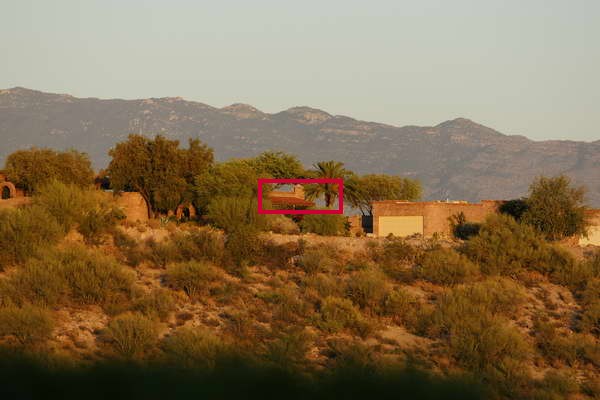 |
| This is the overall view of the crops below. |
|
F/2.8
|
|
|
F/4
|
|
|
F/5.6
|
|
|
F/8
|
|
|
F/11
|
 |
These real-world images show a slightly soft F/2.8, sharpening up nicely at F/4. Maximum sharpness comes at F/5.6, which is more evident in the test chart centers below. Also, in real-world shots you wouldn’t be using F/2.8 in this light and scene. Here, near sunset, F/2.8 was 1/1250s at ISO 200.
If you like taking pictures of stamps, use F/5.6. The detail here is extreme, and wouldn’t necessarily show up in normal use, as in the first set of shots.
Below are some corner samples for you to enjoy.
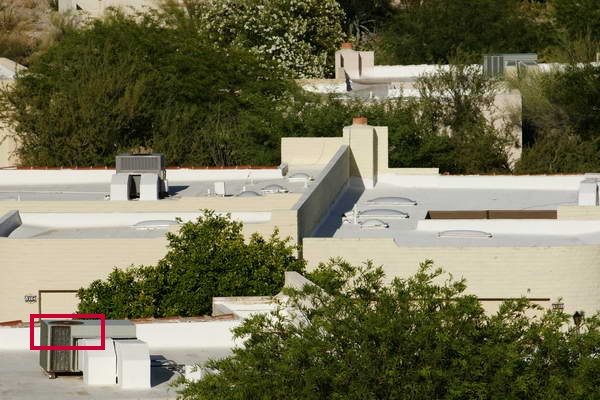 |
| This is the overall view for the corner crops below. |
The 200mm corners are the same as the centers, I’m showing these for people who don’t believe what I say. Again, soft at F/2.8, but the same as the centers, and sharp by F/5.6. It’s really tough to get the best sharp focus at F/2.8, in the centers or corners. I burned a lot of frames for this! Spot focusing works well though.
The 70mm to mid-range center and corner shots were the same as the 200mm, so I didn’t post another set of ridiculously boring pictures. Most people will probably use this at or near 200mm anyways. If you want 70mm or 100mm, go buy an excellent Sony 100mm F/2.8 macro lens and save yourself $1200.
Below check out some center comparisons I’ve made using much less expensive lenses.
|
Sony 70-200mm F/2.8 G lens at 200mm F/8
|
|
|
Minolta AF 70-210mm F/4 lens, at 210mm f/8
|
|
|
Sony 75-300mm F/4.5-5.6 lens at 200mm F/8
|
|
Above are centers from the lenses listed, all taken at F/8. The Sony 70-200mm is the sharpest, but not by much, and remember, these are 100% crops. Least sharp, but not by much is the Minolta 70-210mm. If you’re shooting in normal daylight like here, you don’t need to spend $1700 for a good lens, get the other ones for about $200 each.
Let’s check out the
macro capabilities of this lens.
Below, check out the sample and click the picture to see a 100% cropped portion of the full image (256kb file). The sample shot was taken with the
Sony A 700 12.2MP camera. The subject is a standard US stamp, 1″x 3/4″ or 25.4mm x 19mm. Also, note the macro shot was taken as close to the subject as focusing allowed; in this case a lengthy 36″ or .91m, measured from the front of the lens barrel to the subject.
The macro is very sharp and detailed for .21x magnification, and it should be. This shot was taken at F/8, but looked the same at F/5.6, the F/5.6 shot gave me an exposure dip so I used the F/8.
 |
| As close as you can get macro, at F/8. |
End of regular review, now on to the full frame results.
Full frame results using the Sony A900 below.
Check out the differences when using a film or full frame camera below. I’m only pointing out the noticeable issues as compared to the APS-C bodies, so if I don’t show it here, the results are not significantly different enough to warrant posting an additional set of images in this section.
Light fall-off
|
70mm F/2.8
|
70mm F/4
|
 |
 |
|
200mm F/2.8
|
200mm F/4
|
|
|
|
Light fall-off is worse than the APS-C crops shown earlier. At 200mm, F/2.8 shows heavy, but isn’t all that noticeable in real shots, see image below.
Full image from A900 below.
This full scene shows how the light fall-off from 200mm, F/2.8 isn’t so noticeable in real shots as opposed to the gray crops above.
70mm corner samples next.
|
F/2.8
|
F/4
|
 |
 |
|
F/5.6
|
F/8
|
|
|
|
|
F/11
|
F/8 at center
|
|
|
|
The 70mm corners suffer from low contrast, and have an overall soft look. They don’t seem to sharpen up too much by closing down the aperture, and the contrast never seems to catch up to the centers, as I show in the bottom right shot. F/8-11 looks the sharpest. These crops were taken from the extreme corners, about 250 pixels in. Things sharpen up nicely around 700 pixels from the corners. Color fringing is very noticeable in these 100% crops along the sides, but none in the centers, as you can tell in the bottom right image. It’s shows up more with full frame coverage.
200mm corners below.
|
F/2.8
|
F/4
|
 |
 |
|
F/5.6
|
F/5.6 at center
|
|
|
|
The 200mm corners don’t change much as you stop down, but look sharper than the 70mm crops. I put the center crop at F/5.6 in the lower right. You also notice the elimination of light fall-off at F/4.
Distortion next.
 |
| Barrel distortion @70mm on A900 |
 |
| Pincushion distortion @ 200mm on A900 |
There is moderate barrel distortion at wide angle, and moderate pincushion distortion as you zoom out. The results above are exacerbated by full frame coverage, and noticeably different from the APS-C crops shown earlier.
|
Conclusion.
The
70-200mm F/2.8 G telephoto lens performs very well overall. In real world shots, F/2.8 is perfectly acceptable, with F/4 becoming very sharp at all zoom lengths, see above crops. The mid-sections and corners sharpen up reasonably well at the short end, (although never close to being as sharp as the centers), and become quite sharp as you approach 200mm. This lens is sharpest across the frame at the long end where is performs very well from F/4-5.6. The 70-200mm F/2.8 is great for portrait work, where there is no concern about soft sides and corners.
Who would be in the market to buy this lens? The 70-200/2.8 SSM is marketed at advanced amateurs and professional photographers; it’s also very large, heavy and expensive. Do you shoot in normal daylight like most people? You probably don’t need this lens. If you really need the extra stop or two, say for low light sports or hand-held wildlife shooting, then it may be worth the money. Do you need to use a teleconverter? This is one of five lenses in the Sony lineup (as of this review) that will accept Sony teleconverters. For 90% of us, this lens isn’t necessary. There are other options available for much less money.



































